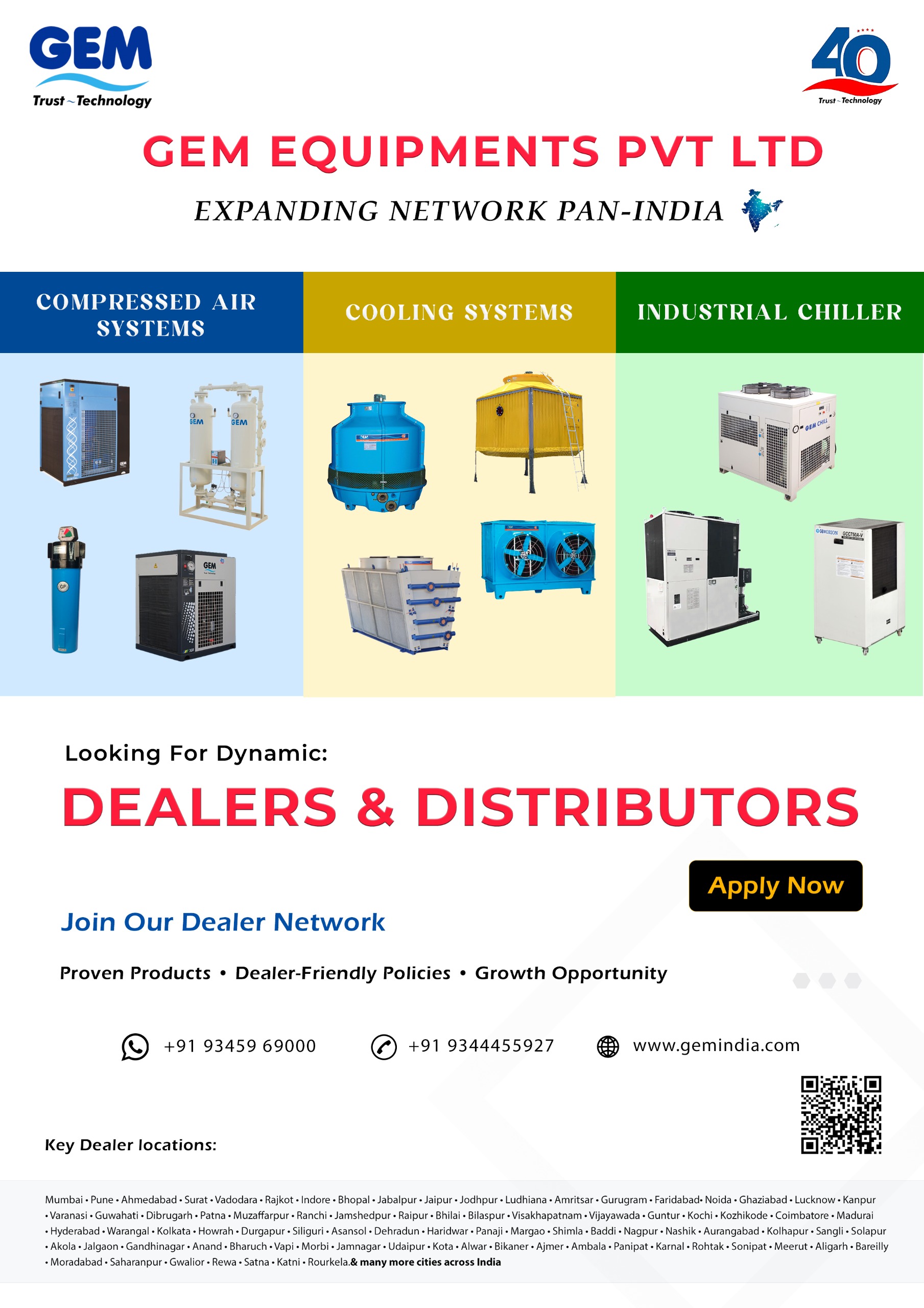
- Company
- Products
- Compressed Air Dryer
- 3GW wall Mounting Air Dryer
- 2KDG All Aluminium Air Dryer
- 2KD Copper Coil Air Dryer
- 2KD7 High Pressure Air Dryer
- 3GX General Purpose Air Dryer
- 3GD Logic Controller Air Dryer
- 3GE Energy Saving Digital Air Dryer
- 3GZ Dual Frequency Air Dryer
- SPD Series Heatless Air Dryer
- Heatless Desiccant Air Dryer
- 3GR Rotary Compressor Air Dryer
- Cooling Tower
- Compressed Air Treatment Accessories
- Compressed Air Dryer
- Services
- Industry We Serve
- Downloads
- Career
- Partners
- Contact us


